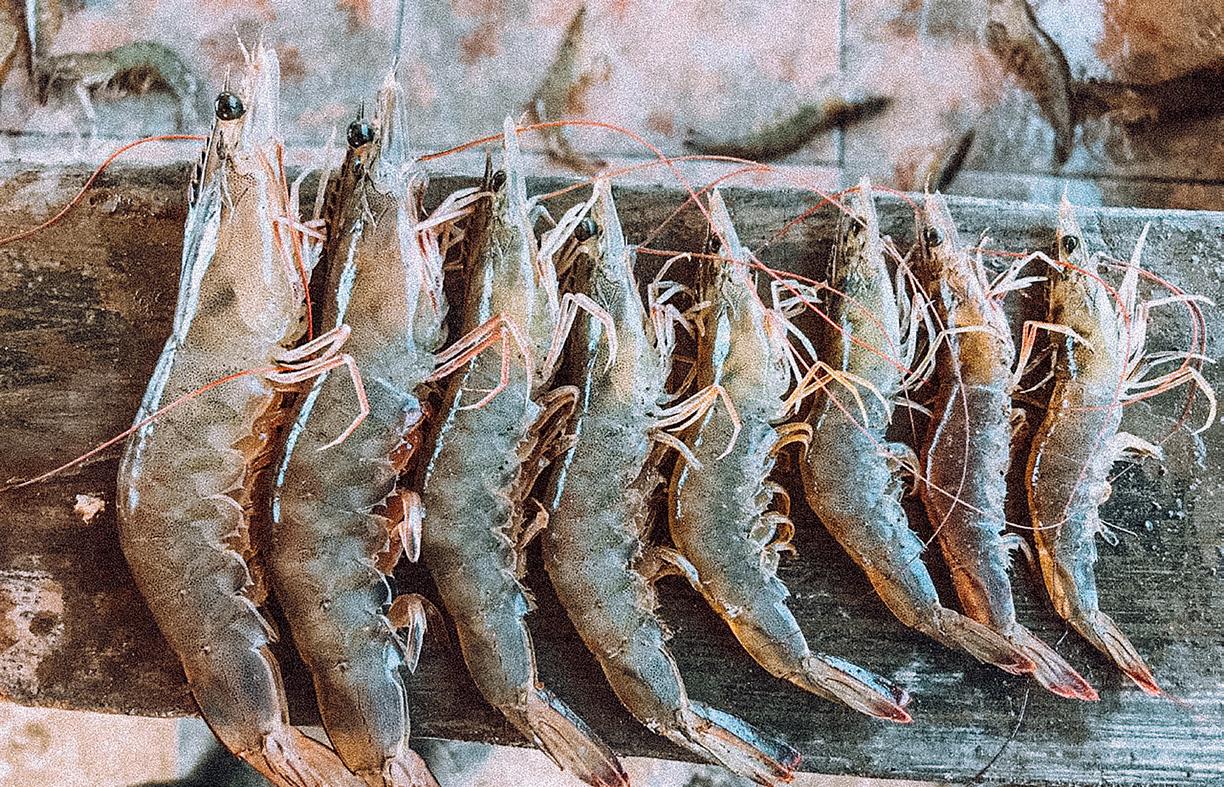
1 minute read
EHP, A silent killer
from THE CRUST - ISSUE #4
by THE CRUST
growth) parameters, but also results in high size variation at harvest time.
A microsporidian parasite EHP (Enterocytozoon hepatopenaei) has recently become a concern for Indonesian shrimp farmers. This parasite that causes Hepatopancreatic mi- crosporidiosis (HPM) does not literally kill shrimp immediately, but it can kill the shrimp business economically. How could this happen? EHP, which has less obvious clinical symptoms, can be very detrimental precisely because it occurs with slow growth symptoms over a time of culture. This makes cultivation longer and FCR higher.
A shrimp farmer from North Sumatra, who is also the coordinator of the Shrimp Club Indonesia (SCI) chapter Medan, Erwin Budiman, confirms that the losses caused by EHP could reach 150-200 percent. This makes sense when the growth of shrimp slows down due to EHP, and the farmers didn’t realize it, they keep giving feed so that the FCR gets higher.
Not only in Indonesia, EHP actually happened earlier in other countries such as Thailand, China, India, and Vietnam. Even historically, a scientific journal reports that EHP occurred for the first time against a black tiger (Penaeus monodon) in Thailand in 2004. But it was not much studied until it started to spread in vannamei farms in the 2010s. The disease doesn’t only slow the growth as seen from ABW (average body weight) and ADG (average daily
How EHP spread and transmitted
Recently, EHP has also become a concern for shrimp farmers in China. According to the of the soil after production.

Zhang reveals that the slow growth of the shrimp is caused by EHP that attacks the intestines and hepatopancreas which causes digestive problems. And sometimes, the symptoms of EHP are associated with WFD (white feces disease), although not always.

A piece of a report from the Journal of Invertebrate Pathology (2020) states that the spread of EHP can occur both horizontally and vertically. The horizontal spreading occurs from one infected shrimp to another in the same cultivation pond or area. The transmission happens through feces and cannibalism. Meanwhile, the vertical distribution occurs from the infected broodstock. And can also come from its fresh or live feed that already contains EHP.
Erwin and Zhang confirm that infected shrimp PL is very likely to be the main cause of the EHP outbreak in the ponds. According to Erwin, EHP commonly occurs in less than DOC (day of culture) 45. “The PL that is already infected by EHP combined with a not ideal environment can reduce shrimp immunity. So, they are more susceptible to disease,” Erwin says.





